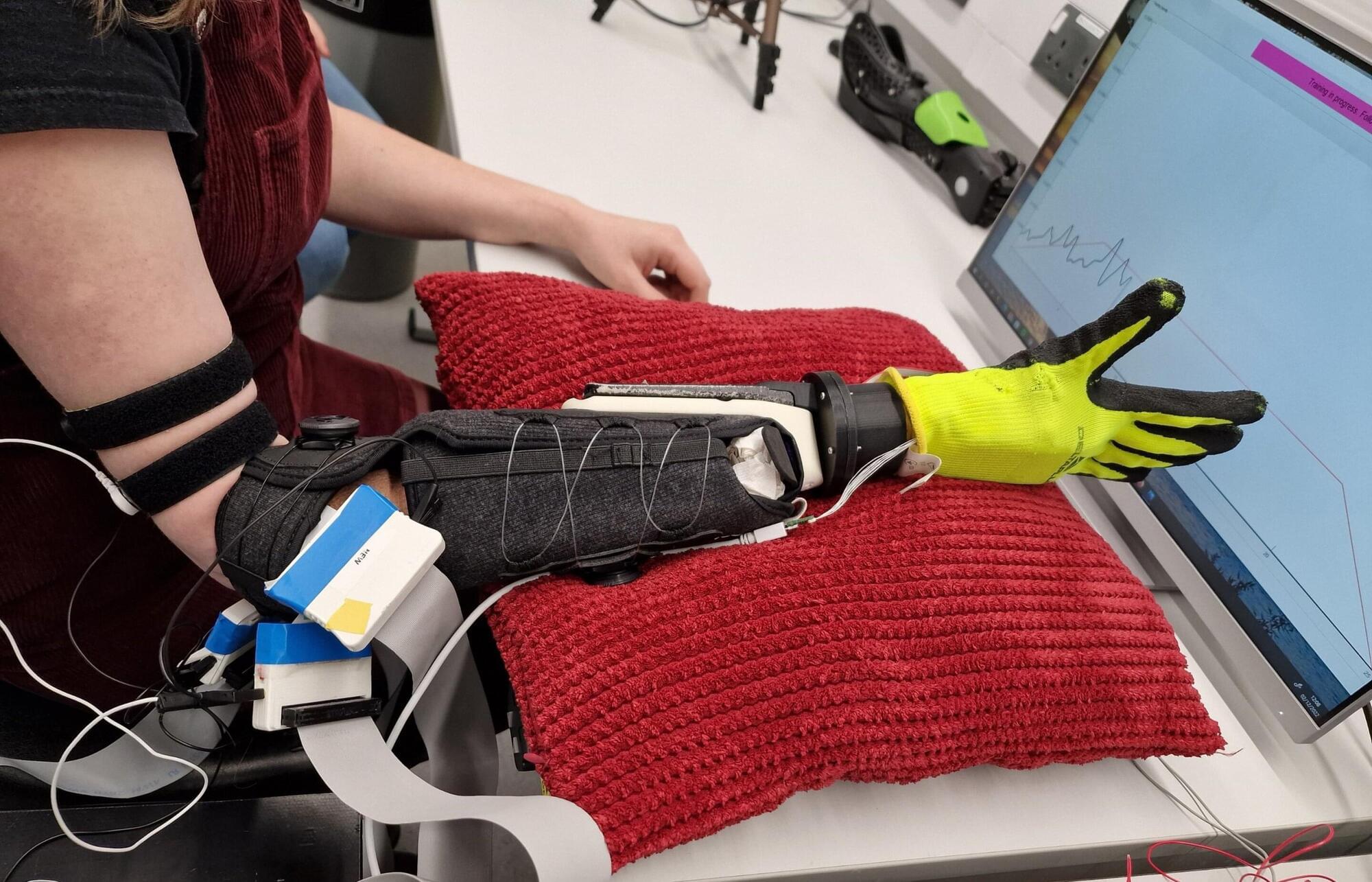Researchers are paving the way for the design of bionic limbs that feel natural to users. They demonstrate the connection between hand movement patterns and motoneuron control patterns. The study, published in Science Robotics, also reports the application of these findings to a soft prosthetic hand, which was successfully tested by individuals with physical impairments.
The research study sees the collaboration of two research teams, one at Istituto Italiano di Tecnologia (Italian Institute of Technology) in Genova, Italy, led by Antonio Bicchi, and Imperial College London, UK led by Dario Farina. It is the outcome of the project “Natural BionicS” whose goal is to move beyond the model of current prosthetic limbs, which are often abandoned by patients because they do not respond in a “natural” way to their movement and control needs.
For the central nervous system to recognize the bionic limb as “natural,” it is essential for the prosthesis to interact with the environment in the same way a real limb would. For this reason, researchers believe that the prostheses should be designed based on the theory of sensorimotor synergies and soft robotics technologies, first proposed by Antonio Bicchi’s group at IIT, such as the Soft-Hand robotic hand.
